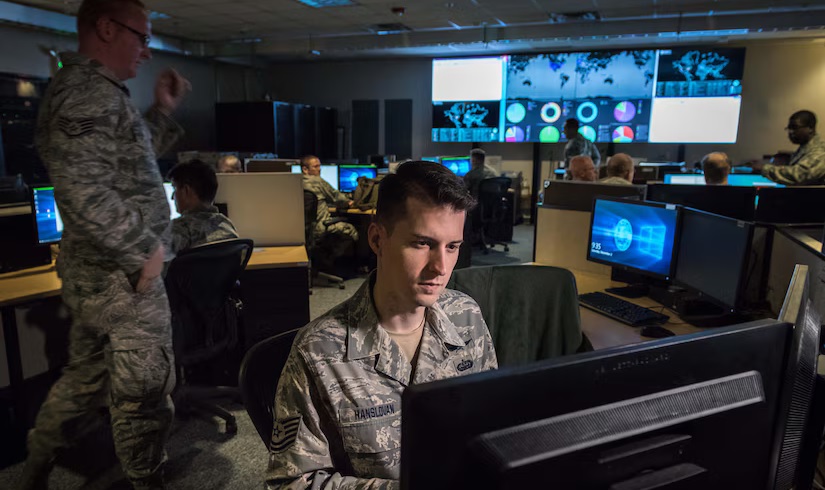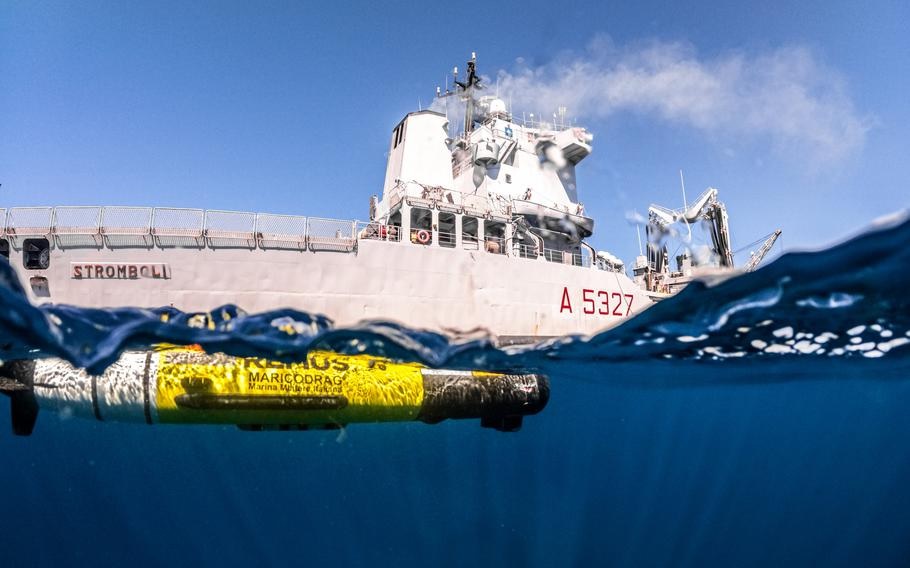US Army Enduring Shield System Hits Milestone with Successful AIM-9X Interceptor Launch

Defense news - In a recent flight demonstration, the US Army Enduring Shield air defense system marked a significant achievement by successfully launching an experimental AIM-9X missile interceptor. The manufacturer, Leidos, revealed that the system utilized a simulated Integrated Battle Command System (IBCS) interface during the test, which will serve as the command-and-control system for the new capability.
The live-fire test not only validated the functions of the weapon system but also demonstrated its capability to send a missile interceptor precisely to a designated target location. According to Larry Barisciano, the company operations manager, this successful demonstration is a major milestone for the team, indicating readiness for government testing and a substantial win for both the company and the warfighters.
Following the completion of the flight demonstration, the US Army is set to receive 12 launchers for the development test program scheduled to commence in January 2024. An operational assessment is planned for the following year, utilizing data from the recent demonstration and the 2024 testing to enhance the system further.
Designed to address capability gaps, the Enduring Shield system is a ground-based air defense system tailored to combat cruise missiles and unmanned aerial systems, providing 360-degree coverage for the defense of critical civilian and military infrastructure. With the ability to engage multiple targets simultaneously, the system aims to bridge the gap between tactical short-range air defense systems and the Terminal High Altitude Area Defense anti-ballistic missile defense system, serving as the US Army Indirect Fire Protection Capability.
Despite its success, the Enduring Shield program faced challenges in September 2021 when Leidos received a $247-million contract to build 16 prototype launchers. Supply chain issues led to a one-year delay, impacting the expected delivery date in 2022 and affecting the overall fielding schedule of the system. However, with the recent milestone achieved, the project is poised to move forward with confidence and excitement for future collaboration with the US Army.



